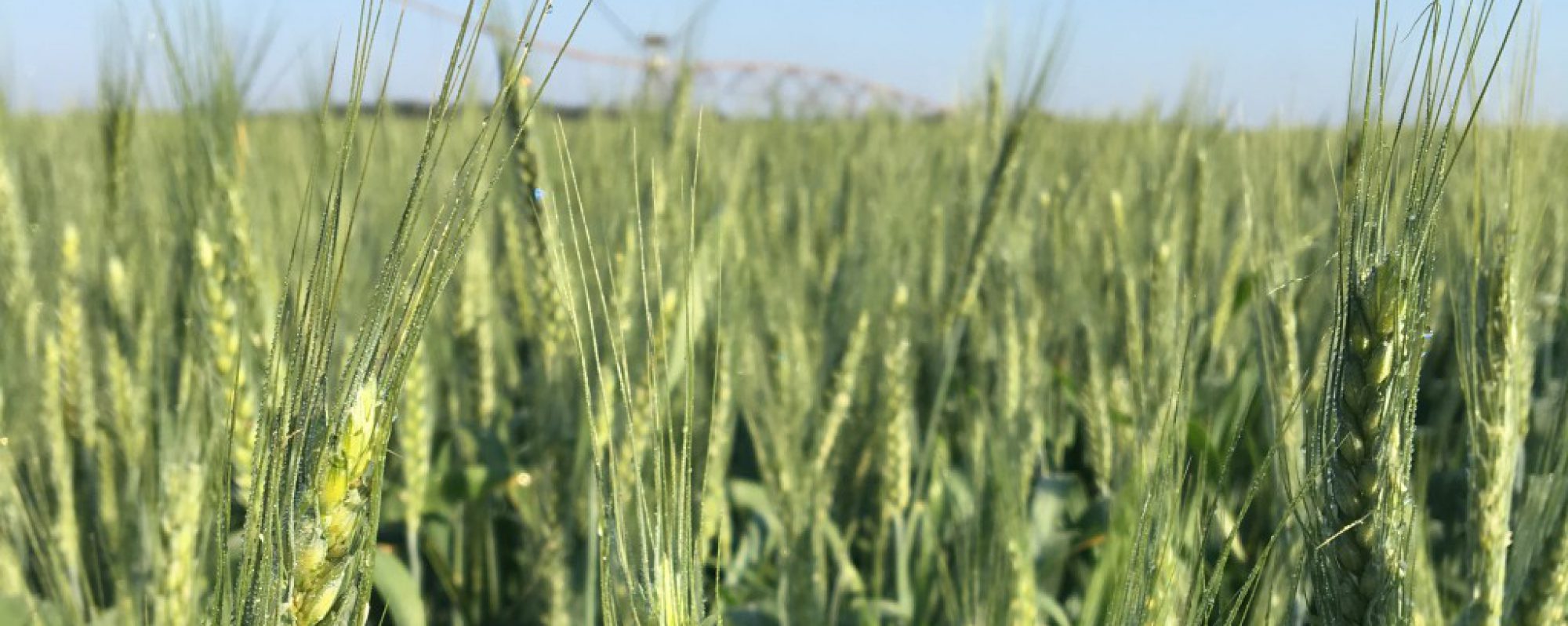A word from Dr. Kemerait on the warm temperatures we are experiencing, and the use of in-furrow fungicides to combat seedling disease.
Rhizoctonia solani is an important pathogen associated with seedling disease in cotton and peanuts. It is especially severe when soils are cooler and wetter and when seed is planted too deep. It can also be more severe in conservation tillage where soils tend to stay cooler and wetter and organic matter is present. Cooler soils slow germination and growth of seeds and seedlings ultimately giving Rhizoctonia a chance to cause significant damage; moisture, especially excess moisture, facilitates fungal growth. When soils are WARM, as they are now, vigorous germination and growth of the seed and seedling greatly reduces risk to damage from Rhizoctonia. Rhizoctonia is STILL active and fungicide seed treatments are still absolutely essential, but extra in-furrow treatments for management of Rhizoctonia (and Pythium) are less important than in cold soils.
BUT…….. Rhizoctonia is not the ONLY “bad guy” attacking peanut seedlings, especially in HOT and DRY soils….
Aspergillus niger Is the cause of Aspergillus crown rot, perhaps our most important seedling disease of peanut. Aspergillus crown rot is MOST severe in hot and dry weather when the tender tissue of the young hypocotyl and shoot of the peanut seedling is damaged and cracked by the scorching from the soil. This allows the A niger, which loves heat to infect. Rancona and Trebuset seed treatments go a long way to fighting Aspergillus crown rot as does Velum in-furrow of a grower is already using it for nematode control. Velum (fluopyram) is very good against Aspergillus niger, but is likely too expensive to use ONLY for seedling disease., if soils are hot and dry and cannot be cooked with irrigation or rain, growers may consider using Abound in-furrow, even though it’s efficacy against A. niger is compromised.
